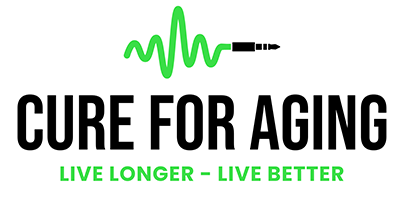Macronutrients and Their Importance
Macronutrients, or macros, are the three essential nutrients that provide calories and energy to the body: carbohydrates, proteins, and fats. When it comes to weight loss, understanding macros is crucial for creating a sustainable diet that promotes fat loss and preserves lean muscle mass. In this article, we will explore the basics of macros and how to navigate them for maximum weight loss.
Macros Matter for Weight Loss.
To lose weight, you need to create a calorie deficit, which means consuming fewer calories than your body burns each day. However, not all calories are created equal. Different macronutrients have different effects on hunger, metabolism, and energy levels.
Carbohydrates provide the body with quick energy, but they also raise blood sugar levels and can trigger cravings and hunger. Proteins are essential for building and repairing muscle, and they also help keep you feeling full and satisfied. Fats are important for hormone regulation, brain function, and vitamin absorption, but they are also the most calorie-dense macronutrient.
By balancing your macros in a way that supports fat loss, you can create a sustainable diet that keeps you feeling satisfied and energized while promoting long-term weight loss.
Macros and maximum weight loss:
Step 1: Determine Your Calorie Needs
The first step in navigating macros for weight loss is to determine your daily calorie needs. This can be done using an online calculator or by consulting with a registered dietitian or certified nutritionist. Once you know how many calories you need to maintain your weight, you can create a calorie deficit by reducing your daily calorie intake or increasing your physical activity.
It’s important to create a moderate calorie deficit that is sustainable over the long term. Rapid weight loss may sound appealing, but it can lead to muscle loss, metabolic slowdown, and rebound weight gain.
Step 2: Set Macro Targets
Once you know how many calories you need to consume each day, you can set macro targets based on your goals and preferences. There is no one-size-fits-all approach to macros, as individual needs and preferences vary.
In general, a balanced macro breakdown for weight loss might look something like this:
- Carbohydrates: 40-50% of total calories
- Proteins: 25-30% of total calories
- Fats: 20-30% of total calories
However, some people may do better with a higher or lower carb intake, depending on factors like insulin sensitivity, activity level, and personal preferences.
Step 3: Choose High-Quality Foods
The quality of the foods you eat is just as important as the macro breakdown. Choosing whole, nutrient-dense foods is crucial for promoting weight loss and overall health. Aim to fill your plate with a variety of colorful fruits and vegetables, lean proteins, healthy fats, and whole grains.
Processed foods, refined carbohydrates, and sugary drinks should be limited or avoided altogether, as they can sabotage weight loss efforts by spiking blood sugar levels and triggering cravings.
Step 4: Monitor Your Progress
Monitoring your progress is important for staying on track and making adjustments as needed. Tracking your food intake using an app like Fitness Pal or a food journal can help you stay within your calorie and macro targets, and can also help you identify problem areas or trigger foods.
It’s also important to monitor your weight, body composition, and energy levels to ensure that you are losing fat and preserving muscle mass. If you hit a weight loss plateau or experience a slowdown in progress, you may need to adjust your calorie or macro targets.
Step 5: Adjust as Needed
As you progress on your weight loss journey, you may need to make adjustments to your calorie and macro targets to continue seeing results. For example, if you have lost a significant amount of weight, your calorie needs may need to be adjusted accordingly to continue to lose weight or you may need to adjust accordingly to maintain your current weight.
Macros tracking is helpful in assisting you on your weight loss journey.

